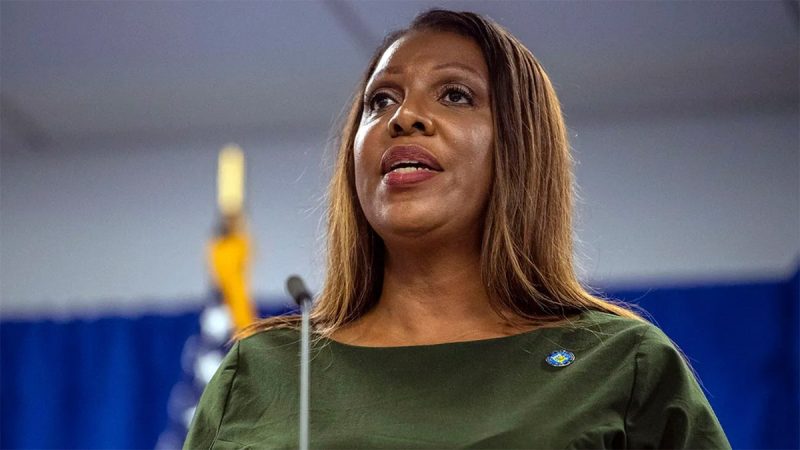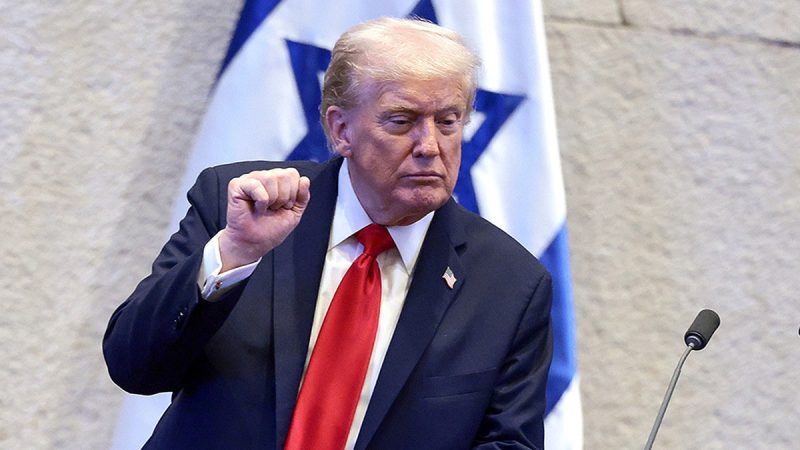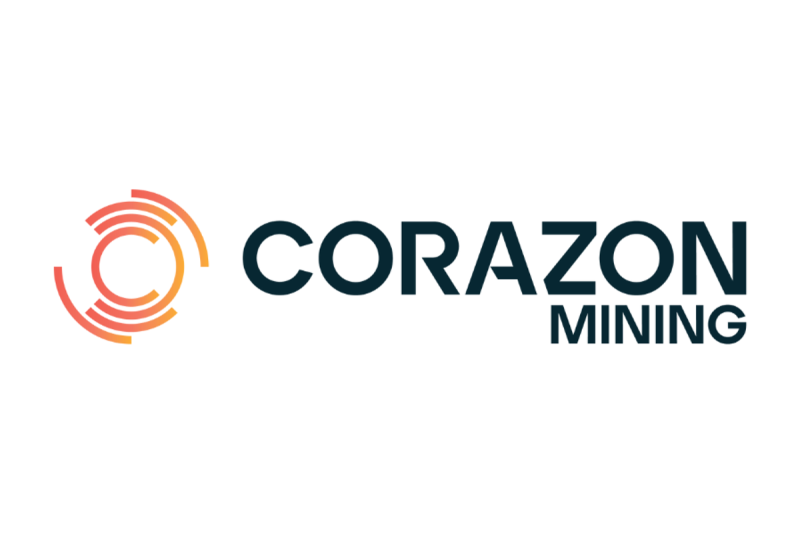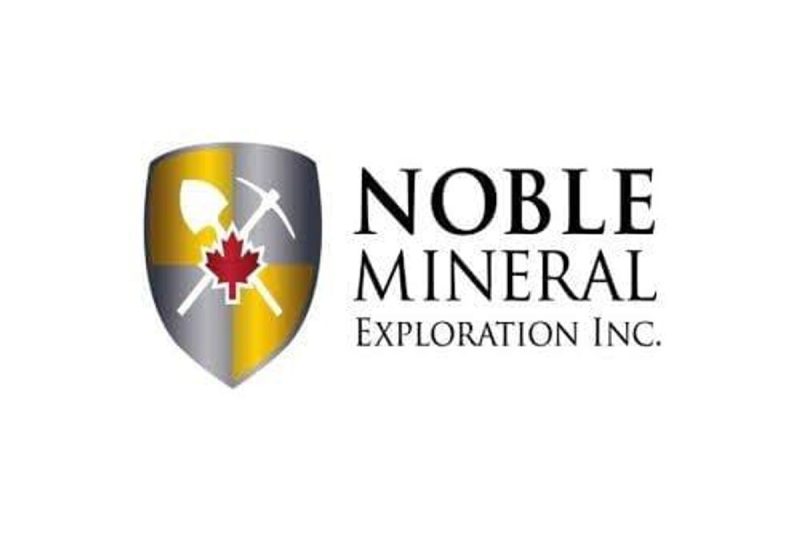Speaker Mike Johnson, R-La., is anticipating the House could vote to end the government shutdown as early as Wednesday, Fox News Digital is told.
The House GOP leader held a lawmaker-only call late on Monday morning where he urged Republicans to return to Washington as soon as possible for what is expected to be just a single day of voting before a full session week begins on Nov. 17.
‘We’re going to plan on voting, on being here, at least by Wednesday,’ Johnson said, Fox News Digital was told. ‘It is possible that things could shift a little bit later in the week, but right now we think we’re on track for a vote on Wednesday. So we need you here.’
He told House GOP lawmakers that the earliest possible vote he could anticipate would be on Wednesday morning, but he later shifted that estimate to the afternoon or evening that day given some Republicans’ schedules this week.
At least several House lawmakers would have to shift district events marking Veterans Day on Tuesday to return by Johnson’s deadline.
One Republican on the call said they would fly to D.C. early on Wednesday morning due to a large-scale event with military veterans the day prior, Fox News Digital was told.
Johnson signaled the House would not move to fast-track the legislation via suspension of the rules, which would bypass procedural hurdles in exchange for raising the passage threshold to two-thirds of the chamber.
Fox News Digital was told the House Rules Committee, the final barrier before a chamber-wide vote, could consider the legislation as early as Tuesday.
It’s not a surprising move, given House Democratic leaders’ opposition to the bill.
Several House Democrats have also declared they will vote against the measure because it does not include any guarantees on extending COVID-19 pandemic-era enhanced Obamacare subsidies that are set to expire at the end of this year.
The House could send President Donald Trump a bill to end the government shutdown as early as Wednesday evening if their current estimates hold.
But their movements will largely depend on what happens in the Senate, where eight Democrats joined Republicans Sunday night to break a filibuster on the shutdown’s 40th day.
But there are several votes left and procedural roadblocks that could be weaponized that could grind the Senate’s march to advance its package to the House to a halt. If all 100 senators agree to fast-track the process, the package could move as quickly as Monday night.
But if not, the bipartisan plan could stagnate in the upper chamber for several days.
Senate Majority Leader John Thune, R-S.D., was optimistic that the Senate could finish its work Monday night but said that would be up to Senate Democrats.
‘Obviously, there are objections from the left, but as long as the votes are there to proceed, we will move forward, and hopefully without a lot of disruption or delay or fanfare right now,’ Thune said. ‘The point is, we are on a path to get the government reopened, and we should try to get it done as soon as possible.’
Schumer didn’t say whether Democrats would block any attempt to move the process along but did blame President Donald Trump and Republicans for the shutdown, which stretched into its 41st day on Monday.
Whether Senate Democrats are in line with a cohesive strategy to block the package remains to be seen. But Sen. Ruben Gallego, D-Ariz., told Fox News Digital that he ‘didn’t hear anything’ about objections or blocks during the Democratic caucus’ closed-door meeting Sunday night.


![House Budget Committee Chairman Jodey Arrington, R-Texas, will not seek re-election in 2026.
The senior Republican lawmaker will have finished serving a decade in Congress when he leaves at the end of next year.
‘I have a firm conviction, much like our founders did, that public service is a lifetime commitment, but public office is and should be a temporary stint in stewardship, not a career,’ Arrington said.
And the conservative Texan told Fox News Digital he felt he was leaving on a high note, having played a key role in crafting President Donald Trump’s big, beautiful bill.
‘It was a very unique, generational impact opportunity, to be almost ten years into this and to have the budget chairmanship, and to lead the charge to successfully pass that and to help this president fulfill his mandate from the people,’ Arrington said. ‘It just seems like a good and right place to leave it.’
He cited multiple legislative items across his tenure as Budget Committee chair when asked what he took pride in, but added, ‘It’s more of changing the narrative and the culture in Congress and in my party that I’m most proud of.’
‘I’m from a rural district and I can tell you, raising the profile among urban and suburban members as to the unique challenges of rural America and the unique contributions of rural America — like food security and energy independence and how much the nation depends on these plow boys and cowboys in rural areas — that’s another thing I’m proud of,’ he said.
Arrington said he had faith Republicans in Washington would pick up his mantle of fiscal hawkishness, or as he’s often called it, ‘reversing the curse’ of public debt.
‘The president’s committed to it, he talks about it all the time. He’s actually doing something about it with very difficult decisions, not politically popular decisions. This is all about political will,’ Arrington said. ‘Trump’s doing it. Mike Johnson is committed to it… And we have a growing number of fiscal hawks who are absolutely dogged on this issue.’
But he said he would continue to push for further fiscal reforms for his remaining year on Capitol Hill, including another budget reconciliation bill to follow up on the big, beautiful bill.
‘I don’t know where the Senate Republicans are. I don’t know where the president is and can’t speak for the White House. But the House is at the ready,’ Arrington said. ‘It’s been our most consequential tool to support the president and the strength of the country, and I don’t see any reason we wouldn’t utilize it to its fullest extent.’
The West Texas Republican said he had not given much thought to what he would do next but said he wanted to ‘remain in the fight,’ adding he would seek a ‘new leadership challenge’ that ‘allows me to make the biggest difference on as many people as I can.’
‘And then I would say…I am looking forward to quality time with my wife and kids and focusing on my leadership and service, not in the people’s house, but in my own house,’ Arrington said.
He said he hoped to ‘make a difference’ in the lives of his two young sons and daughter.
Arrington’s Lubbock-anchored district leans heavily Republican, meaning it’s unlikely to flip to blue in the 2026 midterms.
And come the end of his time next year, the conservative lawmaker said he would leave with no regrets.
‘I’m thankful that God called me and gave me the grace to succeed and to achieve the things that we’ve achieved,’ Arrington said.
‘His grace looks like the members of Congress that I’ve been doing battle with, my budget hawks who I’ve been in the trenches with, my constituents who I run into in the grocery store, who want to pray with me right there in the aisle while I’m checking out. The grace of God looks like my wife being both mom and dad about two-thirds of the time, because I’m in Washington doing battle for the country.’
He finished, ‘Did I make my share of mistakes? You bet. Did I learn along the way? You bet I did. But we left [the country] better than we found it, and it gives me great satisfaction.’
This post appeared first on FOX NEWS Top House committee chairman reveals he won’t seek re-election in 2026](https://firstfingenius.com/wp-content/uploads/2025/11/jodey-arrington-01-800x450-1.jpg)

![The shutdown stalemate that has dragged on in the Senate officially ended late Monday night, and it places Congress on a path to reopen the government later this week.
Senators advanced a bipartisan funding package to end the government shutdown after a group of Senate Democrats broke from their colleagues and joined Republicans in their bid to reopen the government.
Those same eight Senate Democratic caucus members stuck with Republicans and provided the crucial votes needed to send the package to the House.
The votes went deep into Monday night on the shutdown’s 41st day and resulted in an updated continuing resolution (CR) being combined with a trio of spending bills in a minibus package that is now headed to the House.
Whether the Senate would get to this point was in the air for much of last week and even earlier in the day. On Monday, lawmakers were riding high after smashing through the package’s first procedural test, but concerns of objections and other procedural maneuvers threatened to derail the process.
‘I think everybody’s pretty united [behind] this bill,’ Sen. Bernie Moreno, R-Ohio, said. ‘We want to reopen the government.’
Senate Minority Leader Chuck Schumer, D-N.Y., and his caucus demanded throughout the entirety of the shutdown that they would only vote to reopen the government if they received an ironclad deal on expiring Obamacare subsidies.
But that deal, or at least the one that Democrats wanted, never materialized. Instead, eight Senate Democrats took the offer that Senate Majority Leader John Thune, R-S.D., has made since the beginning: A guarantee to vote on legislation that would deal with the subsidies.
Thune reiterated his promise and noted that a vote would come, ‘No later than the second week of December.’ The subsidies are set to expire by the end of the year.
‘We have senators, both Democrat and Republican, who are eager to get to work to address that crisis in a bipartisan way,’ he said. ‘These senators are not interested in political games, they’re interested in finding real ways to address healthcare costs for American families. We also have a president who is willing to sit down and get to work on this issue.’
Senate Democrats did not leave completely empty-handed, however.
Included in the revamped CR, which would reopen the government until Jan. 30, was a reversal of the Trump administration’s firing of furloughed federal workers, a deal to ensure that furloughed workers would get back pay and future protections for federal workers during shutdowns.
‘This was the only deal on the table,’ Sen. Jeanne Shaheen, D-N.H., one of the eight that crossed the aisle to support the package, said. ‘It was our best chance to reopen the government and immediately begin negotiations to extend the [Obamacare] tax credits that tens of millions of Americans rely on to keep costs down.’
Sen. Tim Kaine, D-Va., another of the eight Senate Democrats to break with Schumer, said that it was clear that Republicans weren’t going to budge on their position that healthcare would be dealt with after the government reopened.
But it wasn’t the guarantee of a vote on the expiring subsidies that got him to splinter, it was promises that there would be protections for federal employees.
‘If you wait another week, they’re going to get hurt more, another month or even more,’ Kaine said. ‘So what got me over the line was the pledge that they were able to give the federal employees.’
On the House side, it appears GOP leaders are eager to move quickly on ending the prolonged shutdown.
Speaker Mike Johnson, R-La., earlier Monday told Fox News Digital that he would bring the House back into session ‘immediately’ upon Senate passage of the legislation.
He later told House Republicans on a lawmaker-only call that he anticipated a vote in their chamber midweek at the earliest, Fox News Digital was told.
‘We’re going to plan on voting, on being here, at least by Wednesday,’ Johnson said. ‘It is possible that things could shift a little bit later in the week, but right now we think we’re on track for a vote on Wednesday. So we need you here.’
Johnson signaled the House would not move to fast-track the legislation via suspension of the rules however, which would bypass procedural hurdles in exchange for raising the passage threshold to two-thirds of the chamber.
It’s not a surprising move given House Democratic leaders’ opposition to the bill.
He said, however, that the House Rules Committee should be ready to move by Tuesday at the earliest.
This post appeared first on FOX NEWS Senate ends 41-day government shutdown stalemate, sends bipartisan deal to House](https://firstfingenius.com/wp-content/uploads/2025/11/senate-majority-leader-john-thune-pass-800x450-1.jpg)




